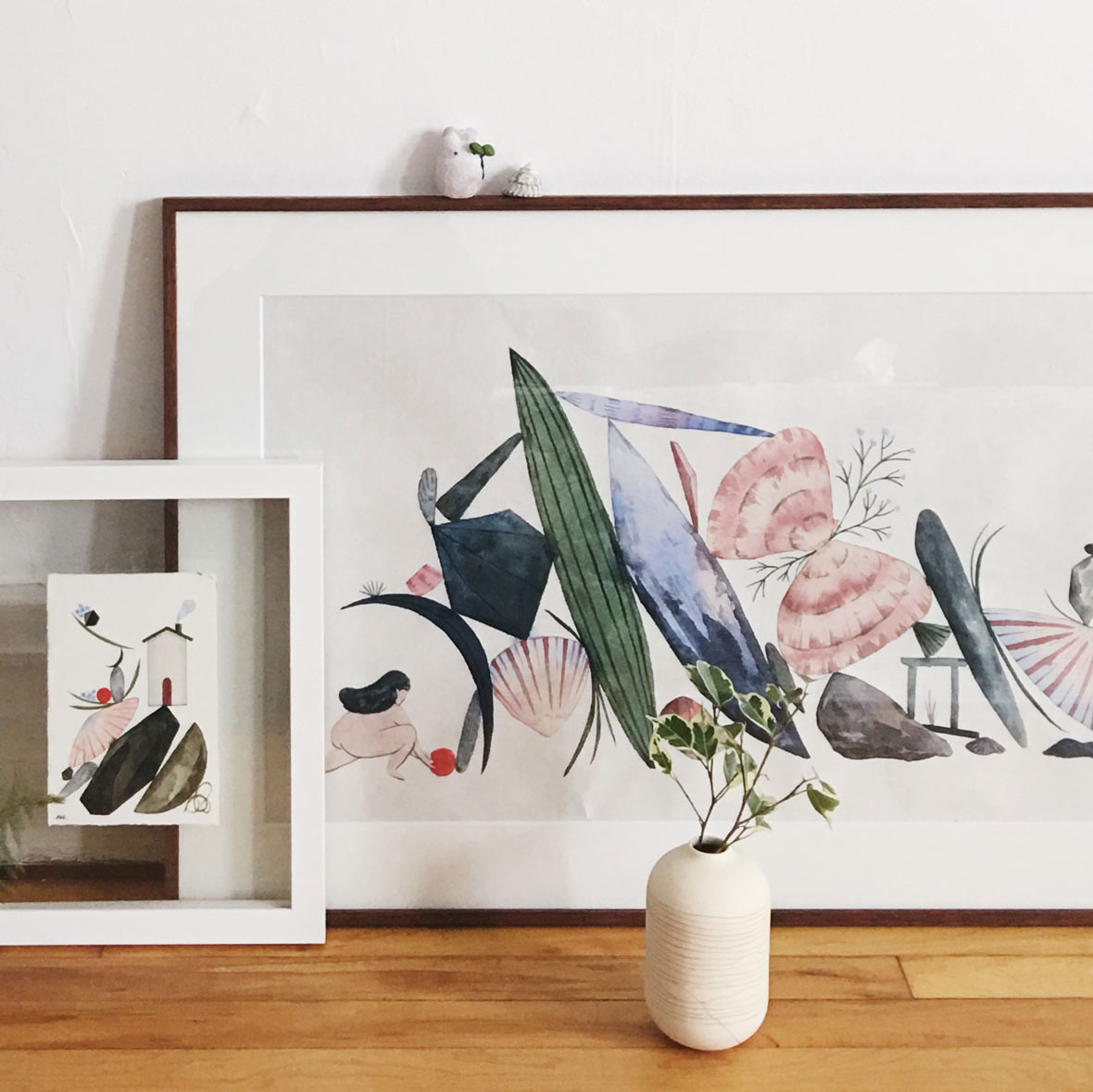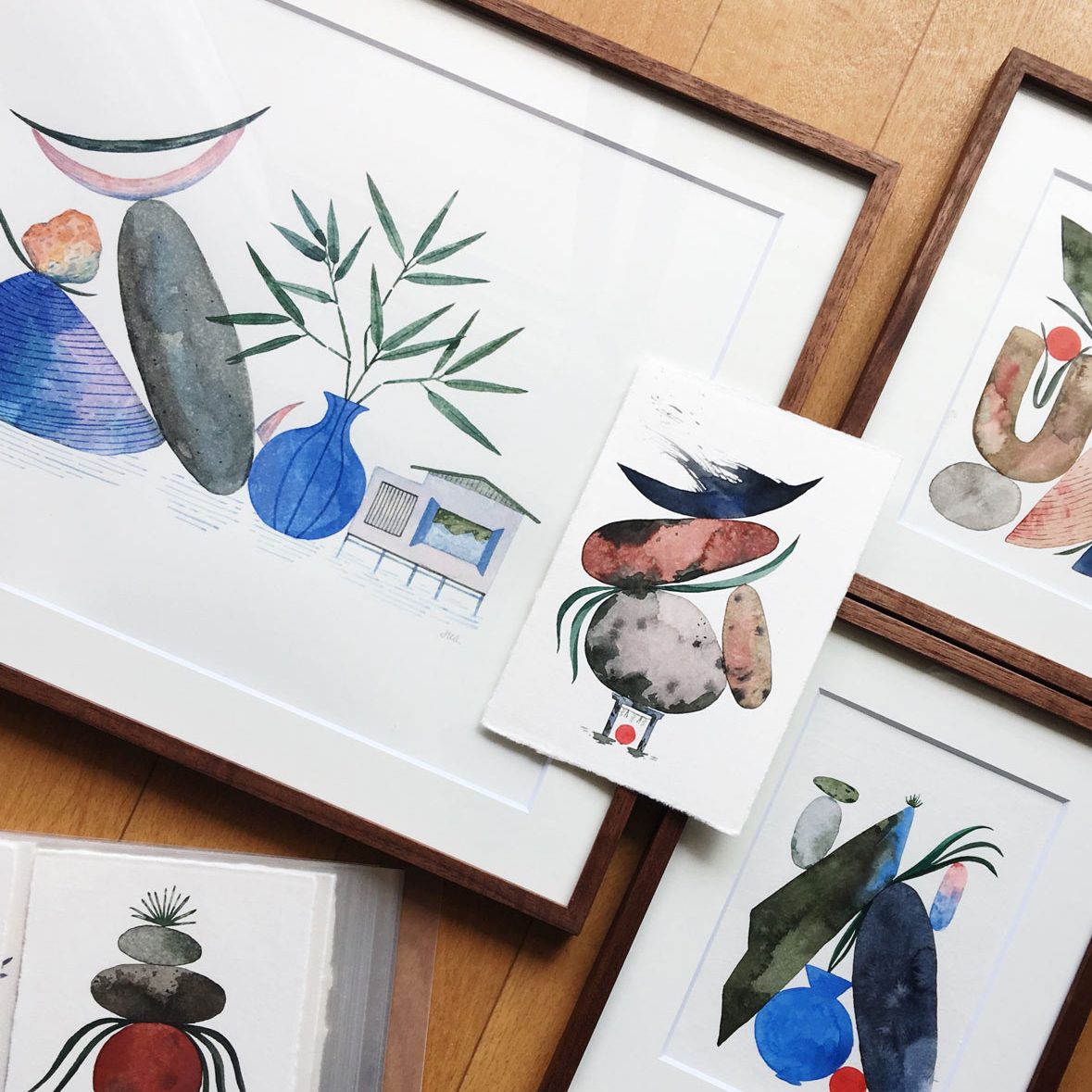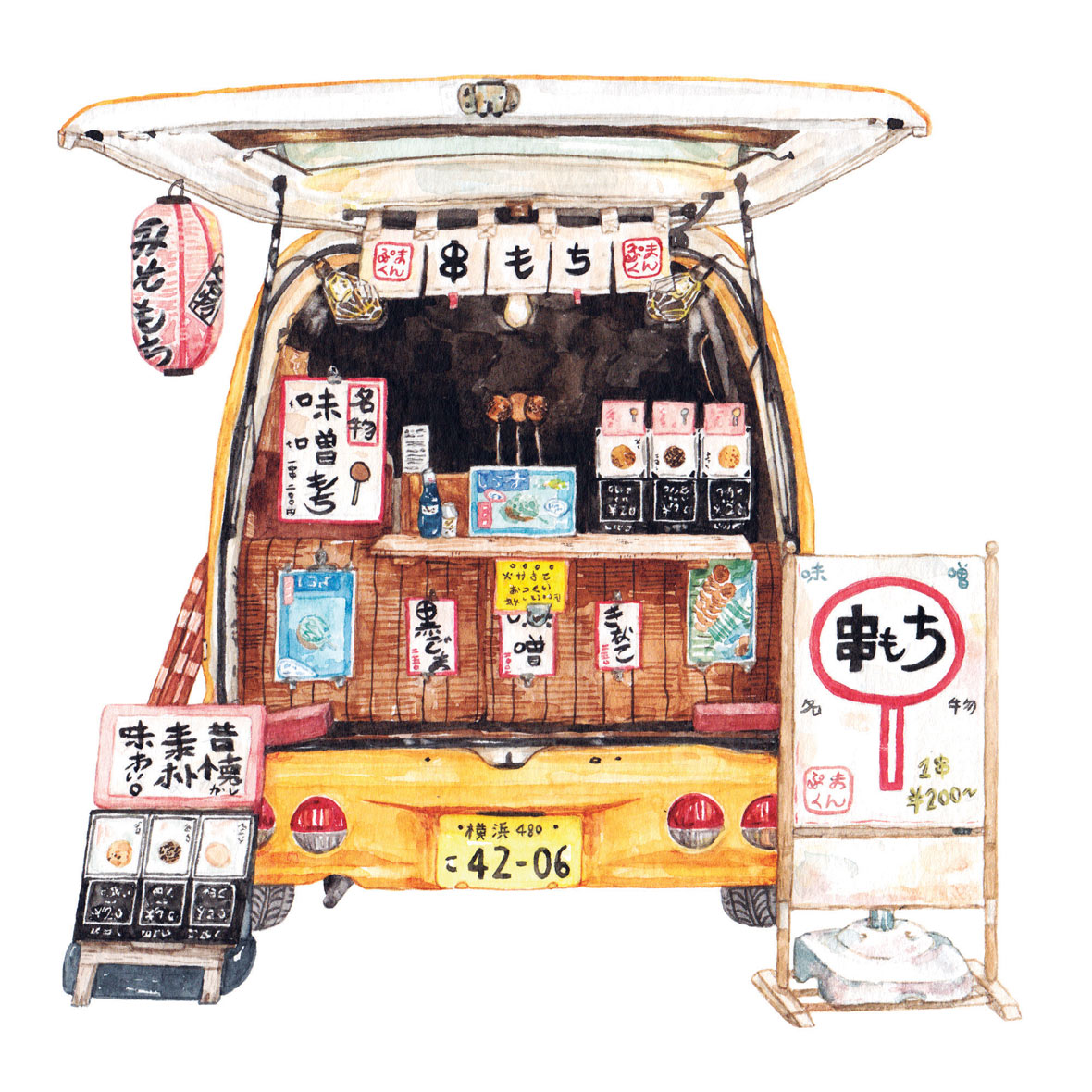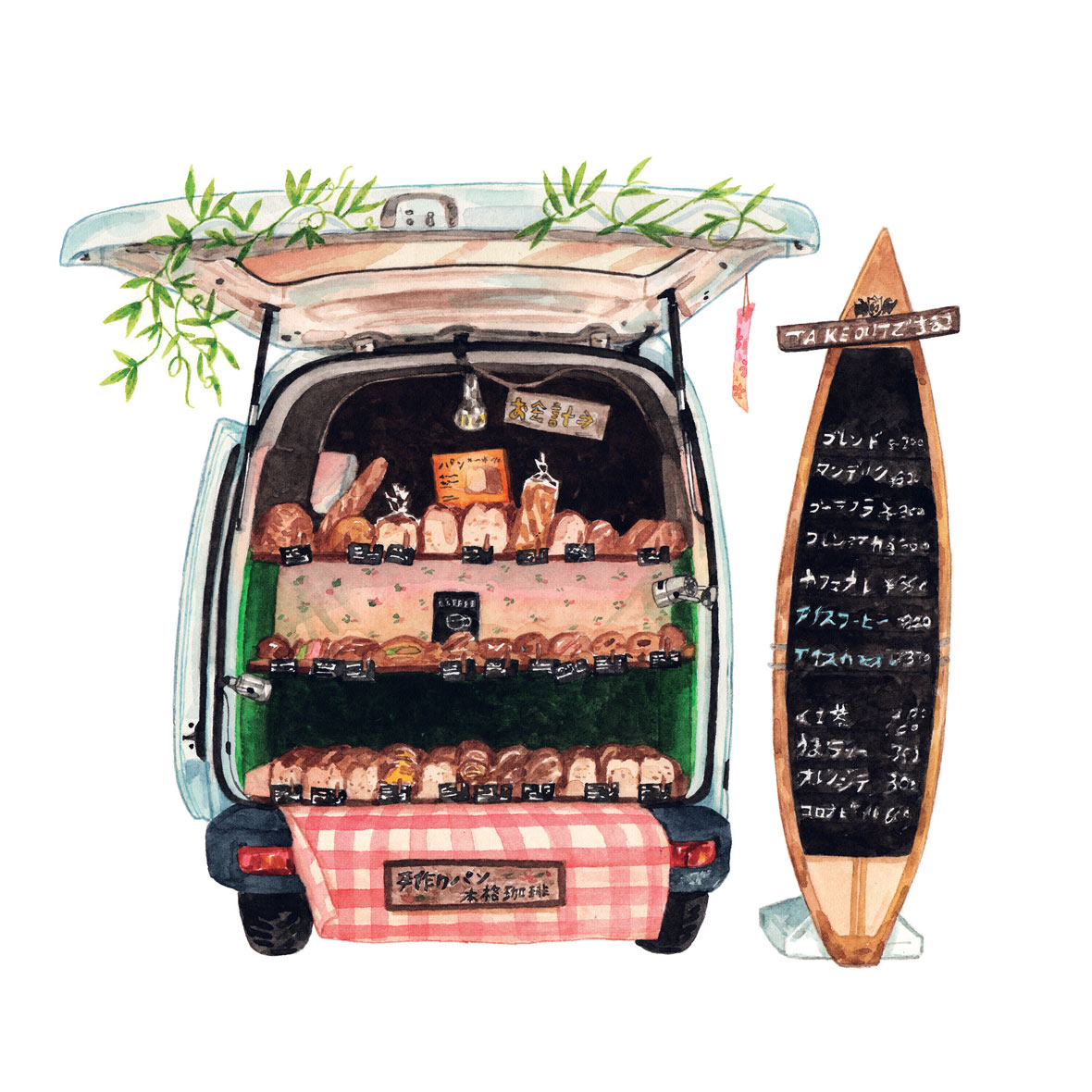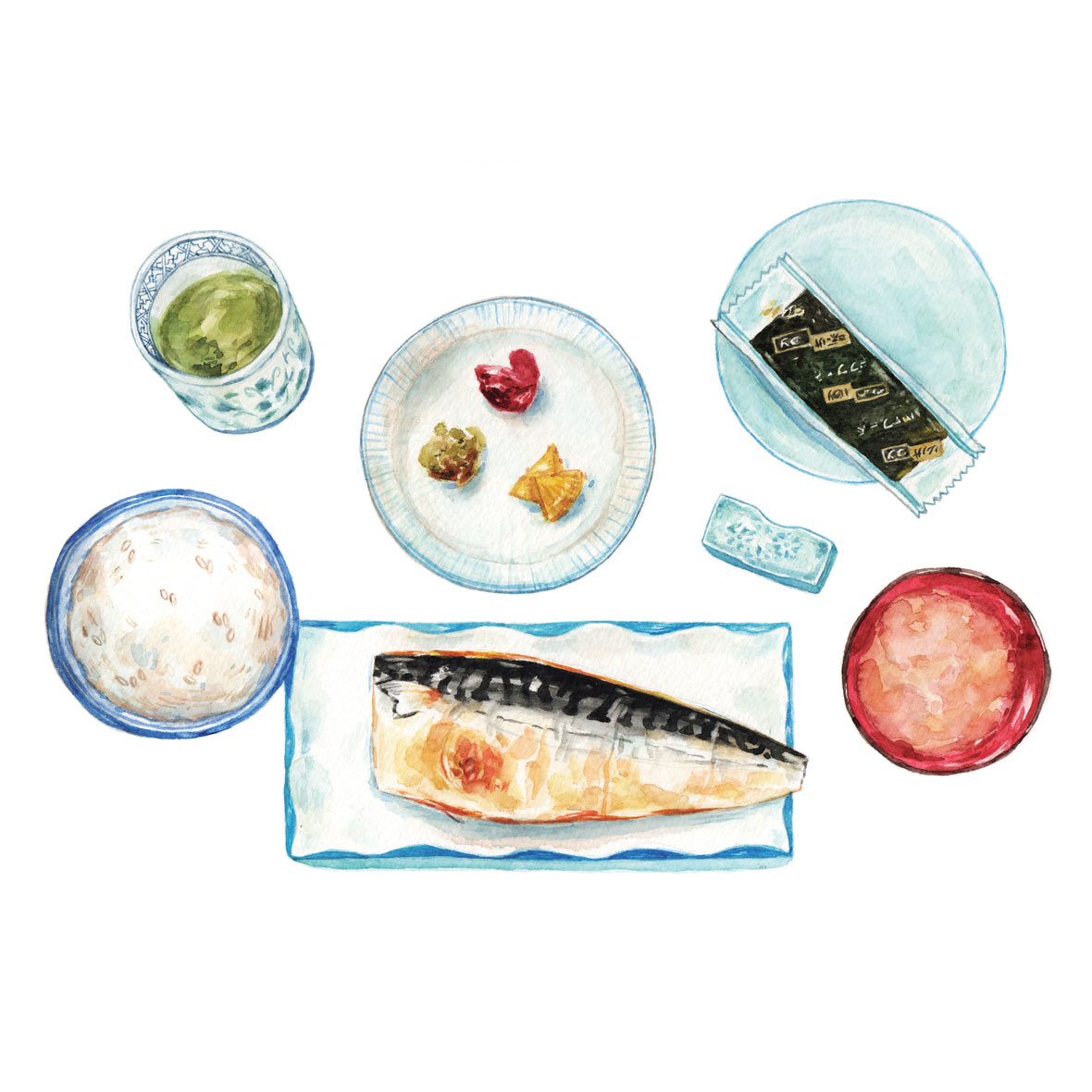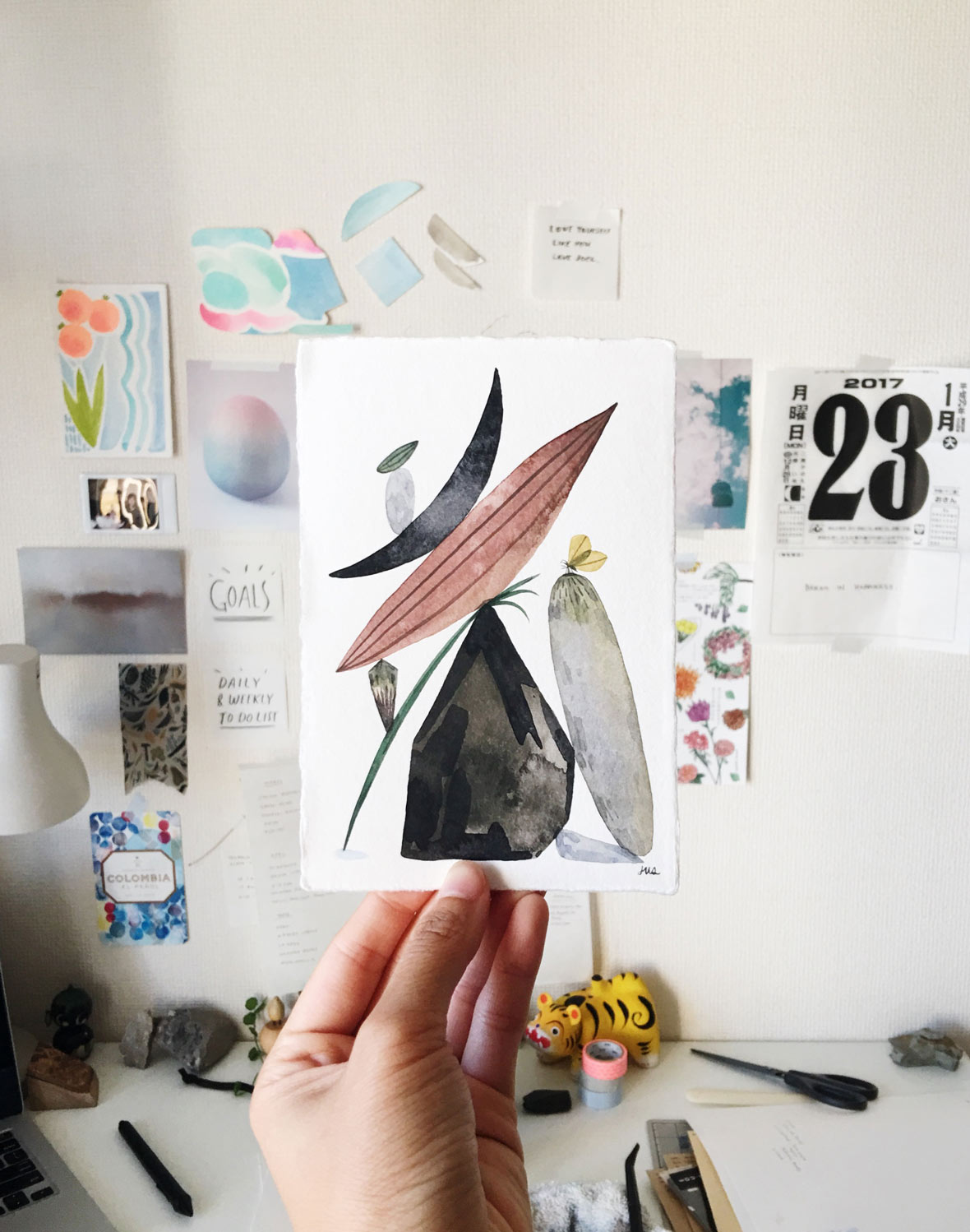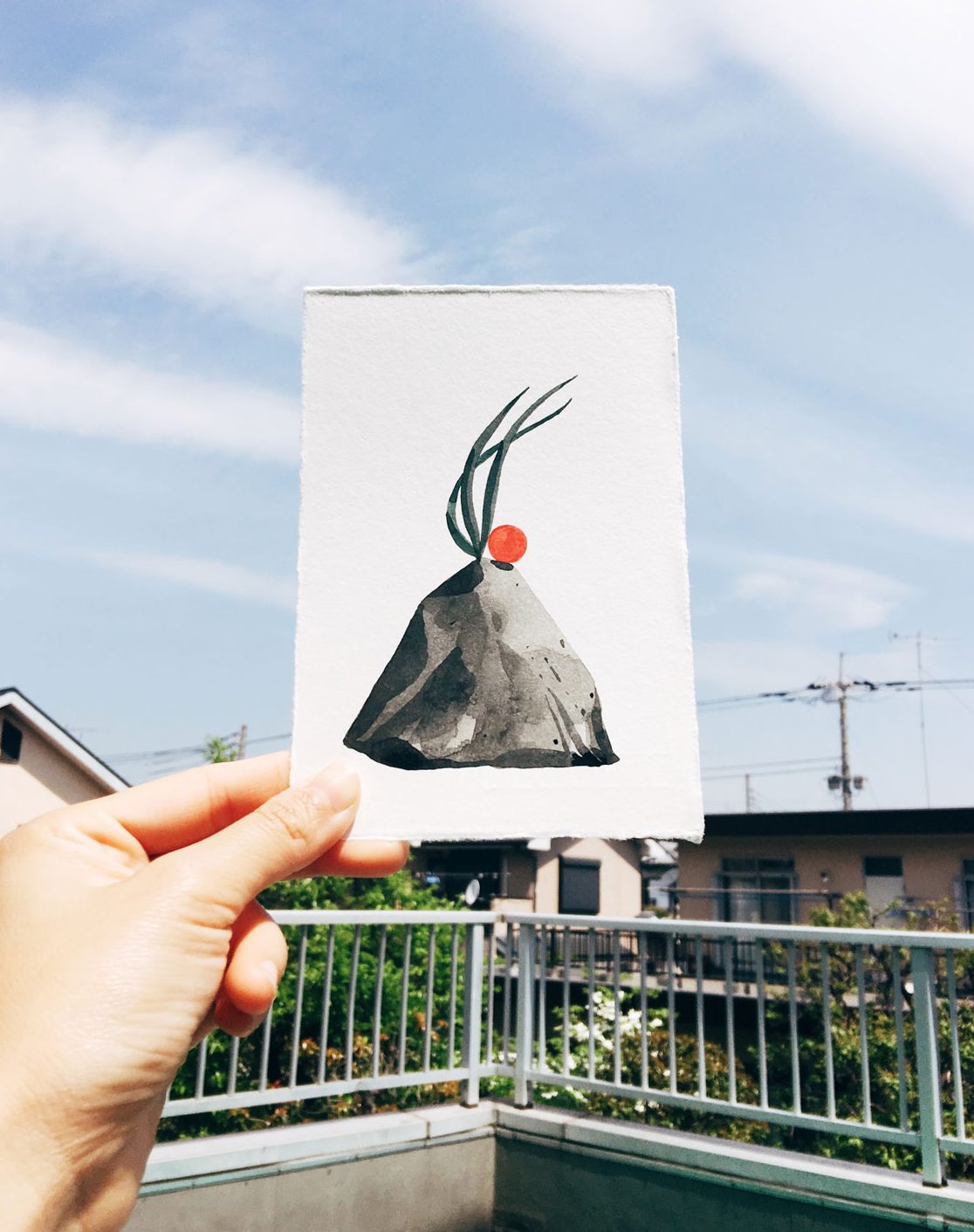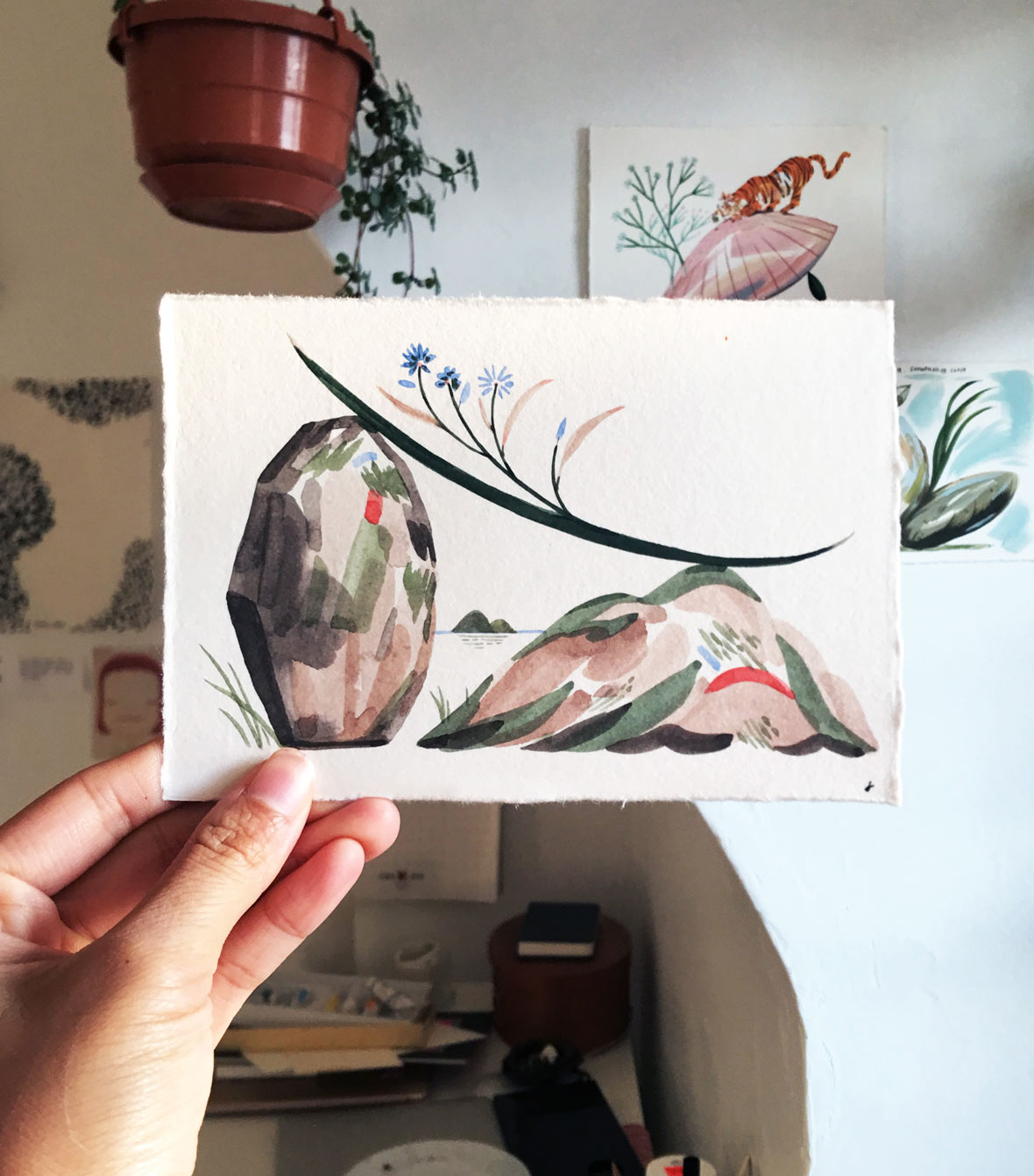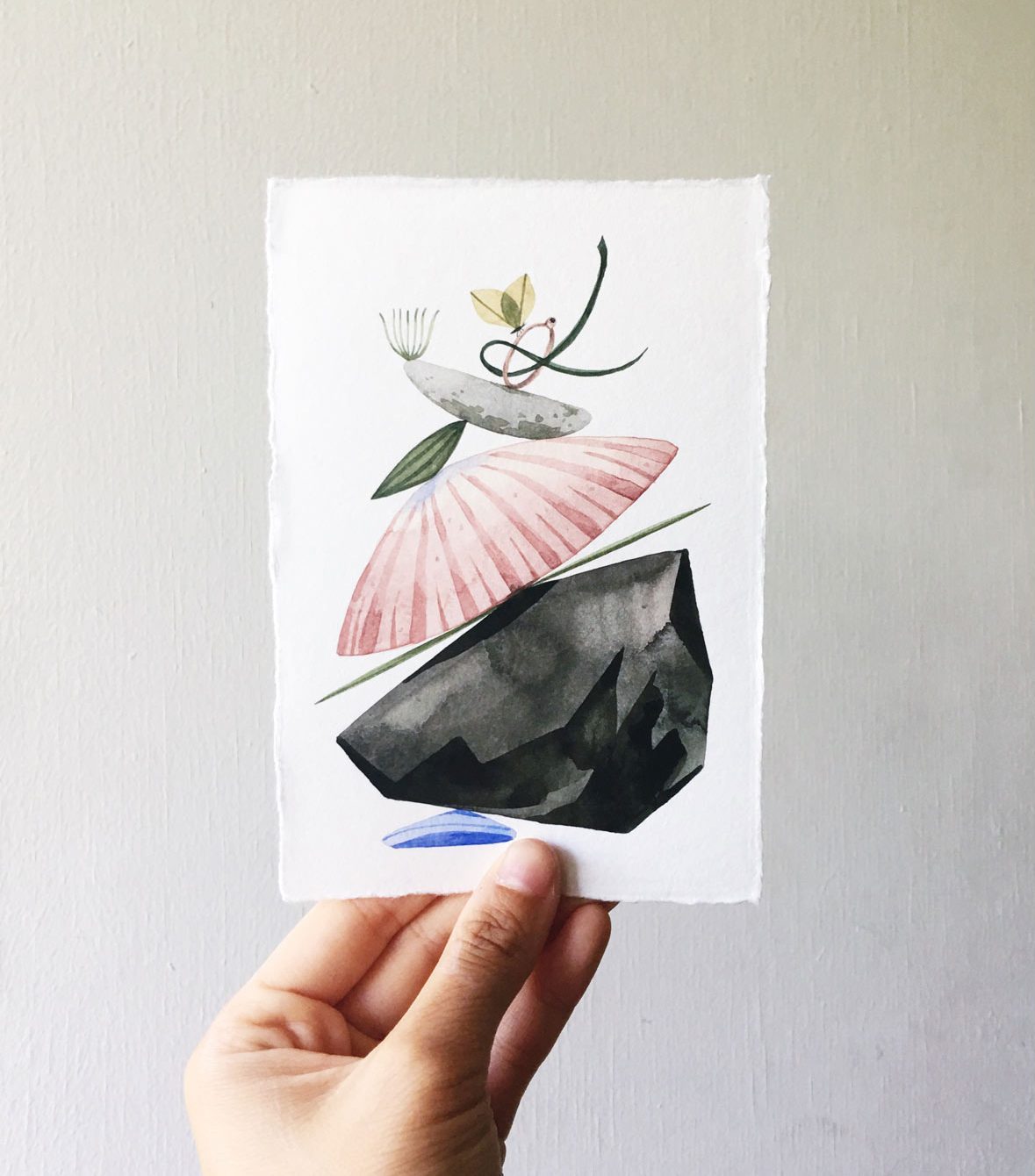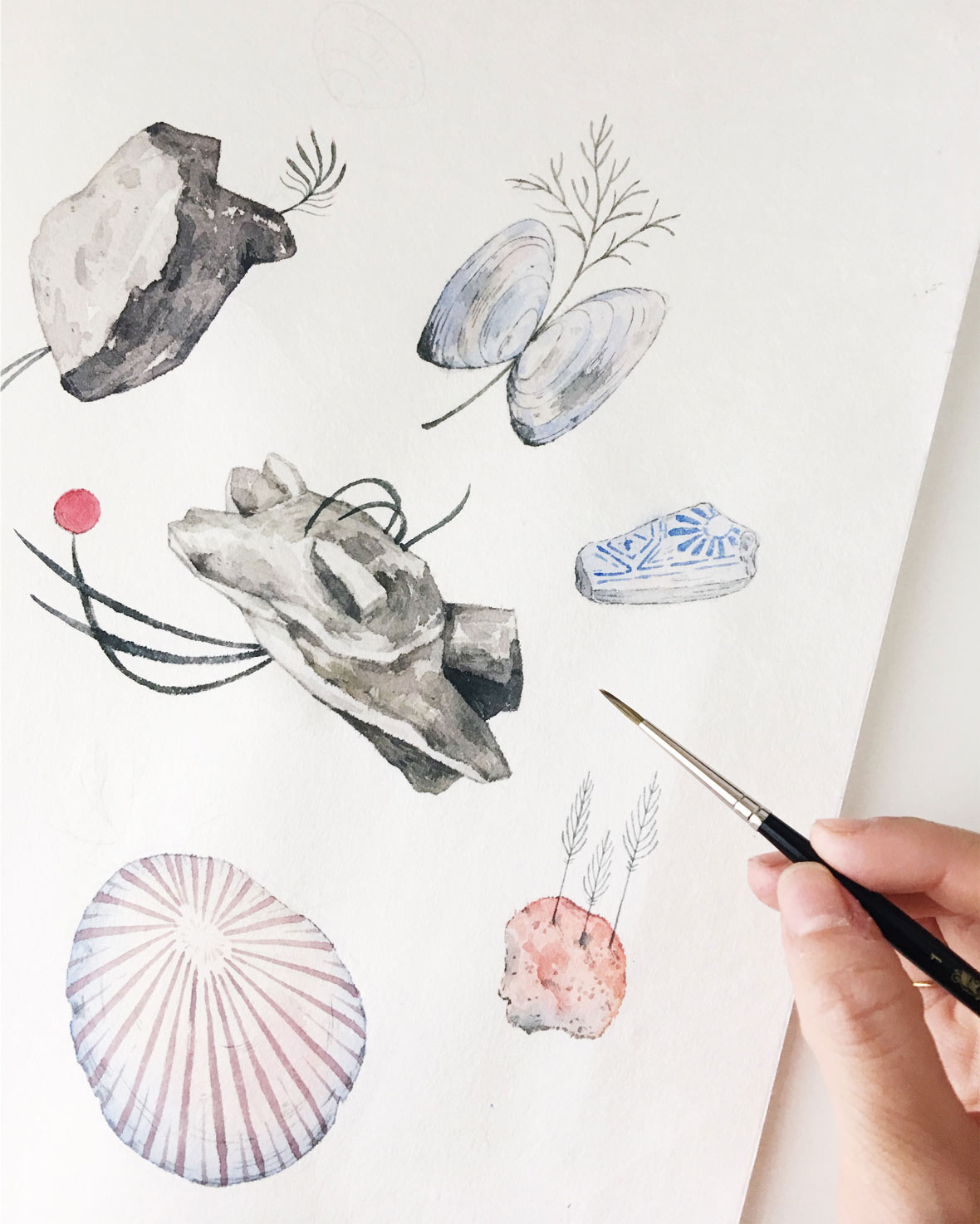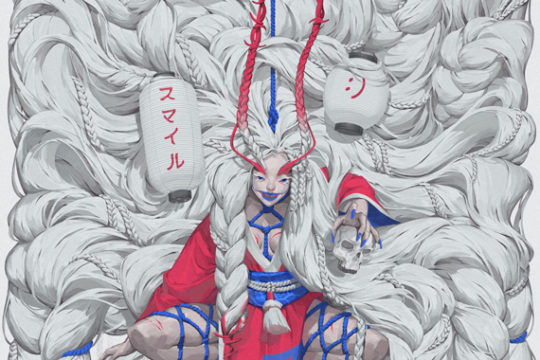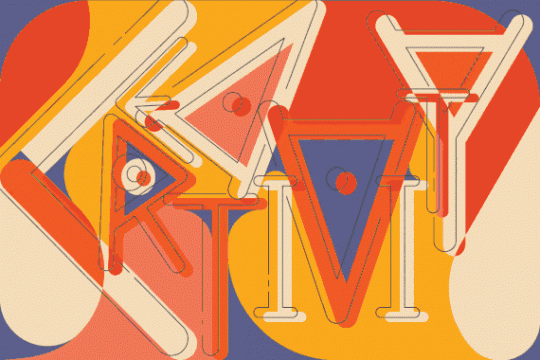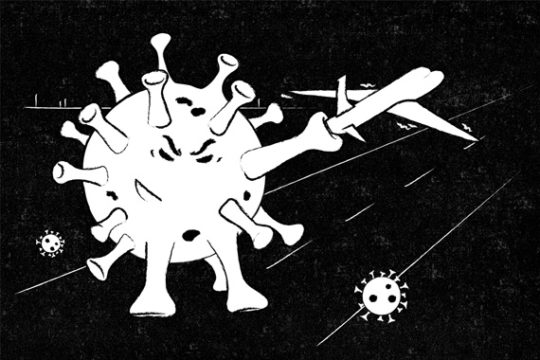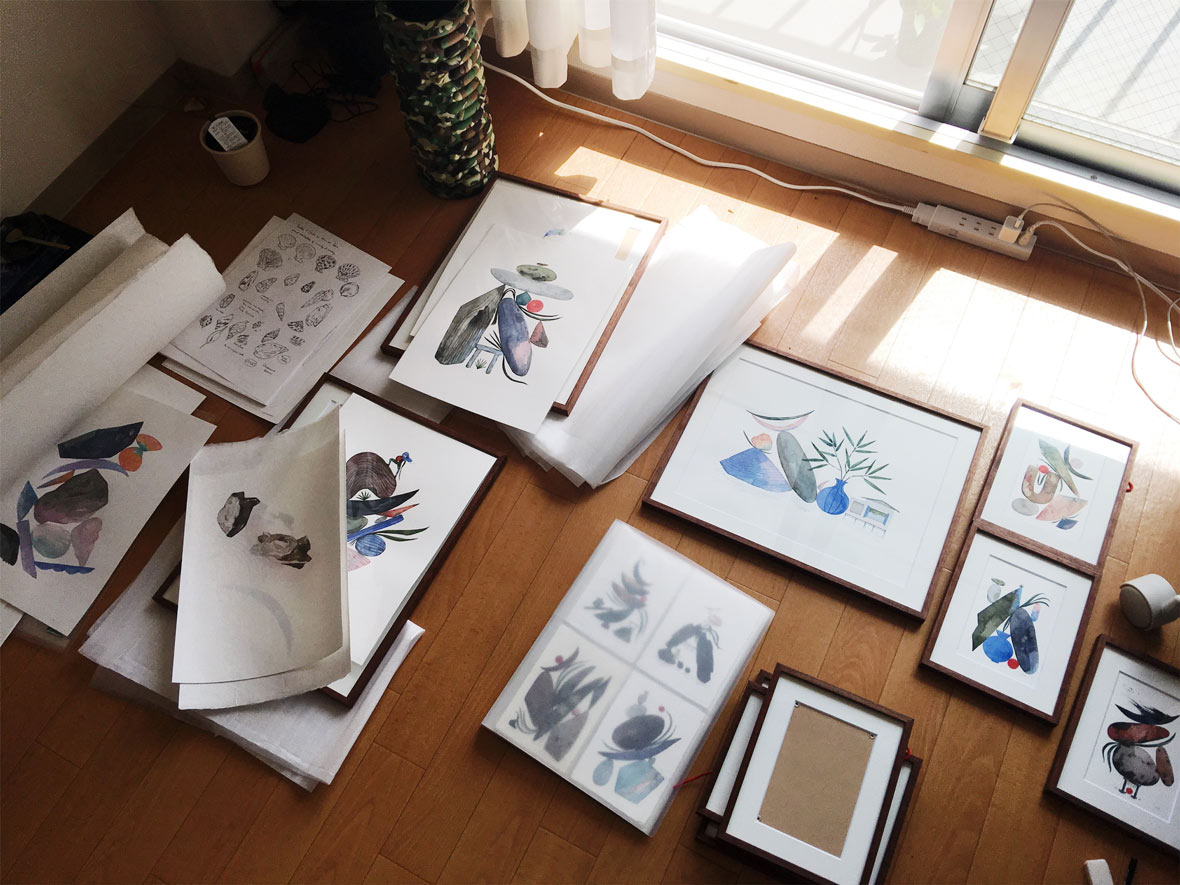
After working as a graphic designer for two years, Justine Wong made the bold decision to quit her job in Toronto to move to Tokyo. The trip became a year-long sabbatical for cultivating her own voice as an artist. “I decided if I was going to try anything, then now was the time,” she recalls. “So much of the illustration work in North America is limited to magazines, but in Asia opportunities for illustration are endless.”
在做了两年的平面设计师之后,Justine Wong 做出了一个大胆的决定:辞去多伦多的工作,搬到东京。
这趟行程最终成为她为期一整年的休整,因为她决意真正以艺术家的身份立足。“我决定,如果我想尝试什么,那么现在是时候了。”她回忆道,“北美的插画工作大多局限于杂志,但在亚洲,画插画的机会一抓一大把。”
Before moving to Tokyo, Wong took a three-week solo journey through Japan and created a series of watercolors entitled 21 Days in Japan. In this series, Wong painted her meals, as well as scenes of restaurant stalls, vending machines, and yakitori food trucks. Wong funded the project on Kickstarter, where it found massive success.
在搬到东京之前,Justine Wong 花了三周的时间在日本独自旅行,并创作了一系列水彩作品,名为《21天在日本》(《21 Days in Japan》)。在这个系列中,Justine Wong 画下了她每天的伙食、餐厅的摊位、自动售货机,和 Yakitori 美食卡车的画面。Justine Wong 把这个项目放到 Kickstarter 上进行众筹,最终取得了巨大的成功。
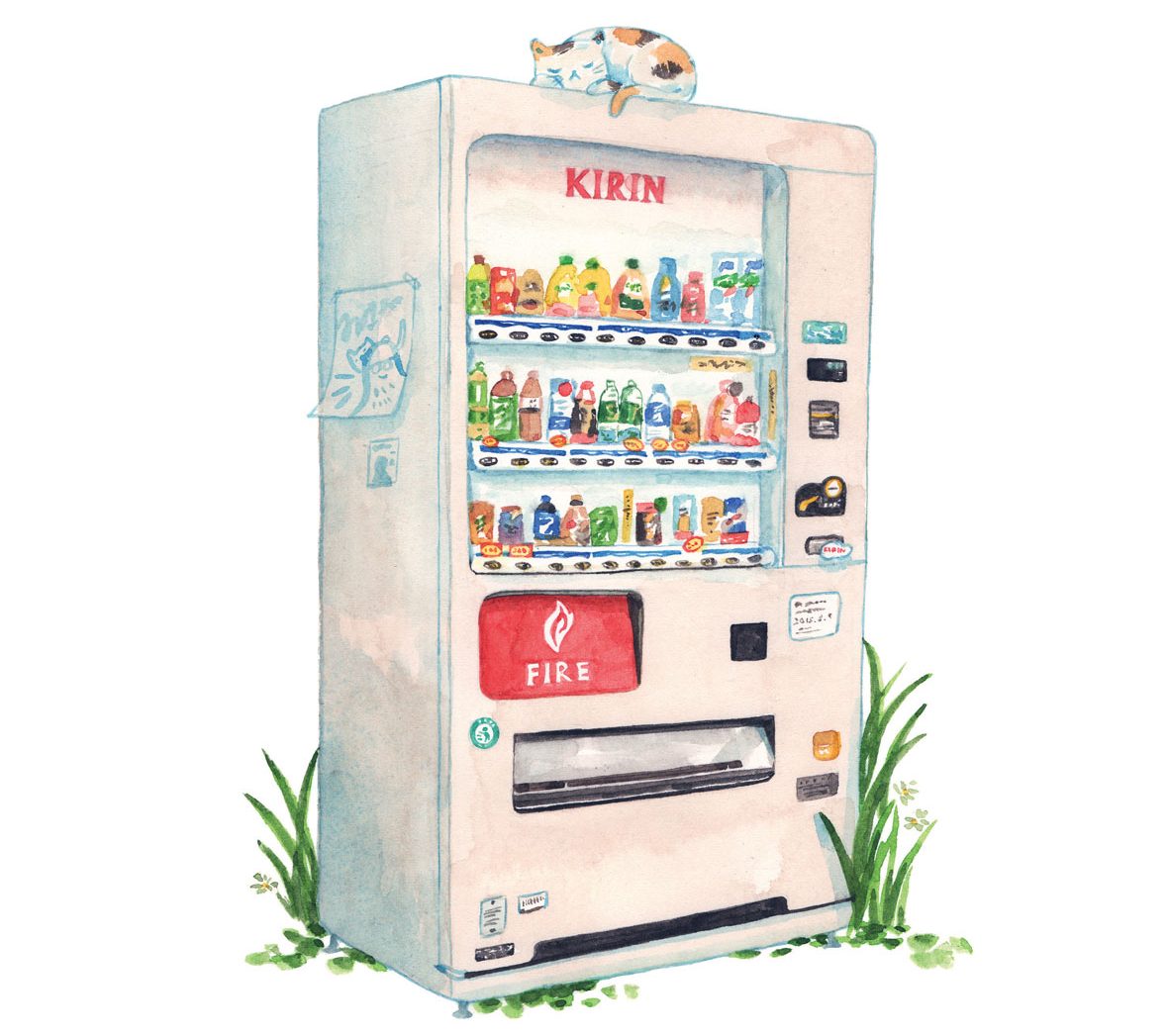
“In Toronto we get a lot of ramen, sushi, and sashimi, but I had so many other food experiences during my trip that were precious, from eating the home cooking of someone at my hostel to eating at a place that just sells to locals,” she says. “I wanted to select foods that people don’t normally experience in the West.”
“在多伦多,我们也有很多拉面、寿司和生鱼片。但我在日本的旅行期间,吃到了很多其他地方食物。这些经历很宝贵,从我在旅店吃到人们自己做的家常菜,还有在一个仅对当地人开放的地方吃饭。”她说,“我想选择那些在西方人们通常不会体验到的食物(来画)。”
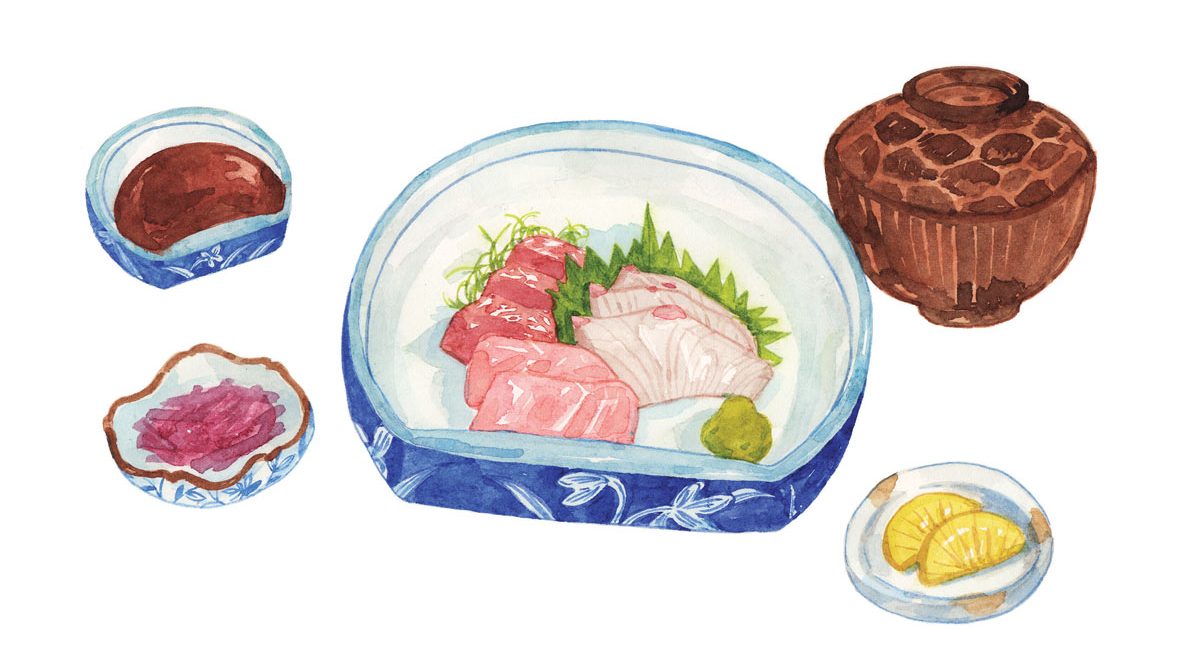
What did she like best? “Tsukemen, which are like ramen noodles but dipped in a thick broth with all the toppings. Also basashi, which is horse sashimi, which would never exist or be presented in such a respectful way in the West. It’s the cleanest meat I’ve ever had.” Wong adds she also loved ginnan, or gingko nuts.
那 Justine Wong 本人最喜欢吃什么呢?“日本拉面(Tsukemen),就像普通的拉面一样,但它浸在浓浓的肉汤里,上面撒上配料马西生鱼片(Basashi),在西方国家没有,有也不会以如此隆重的方式呈现。这是我吃过的最干净的肉。”她还说,她也喜欢白果,也就是银杏果。
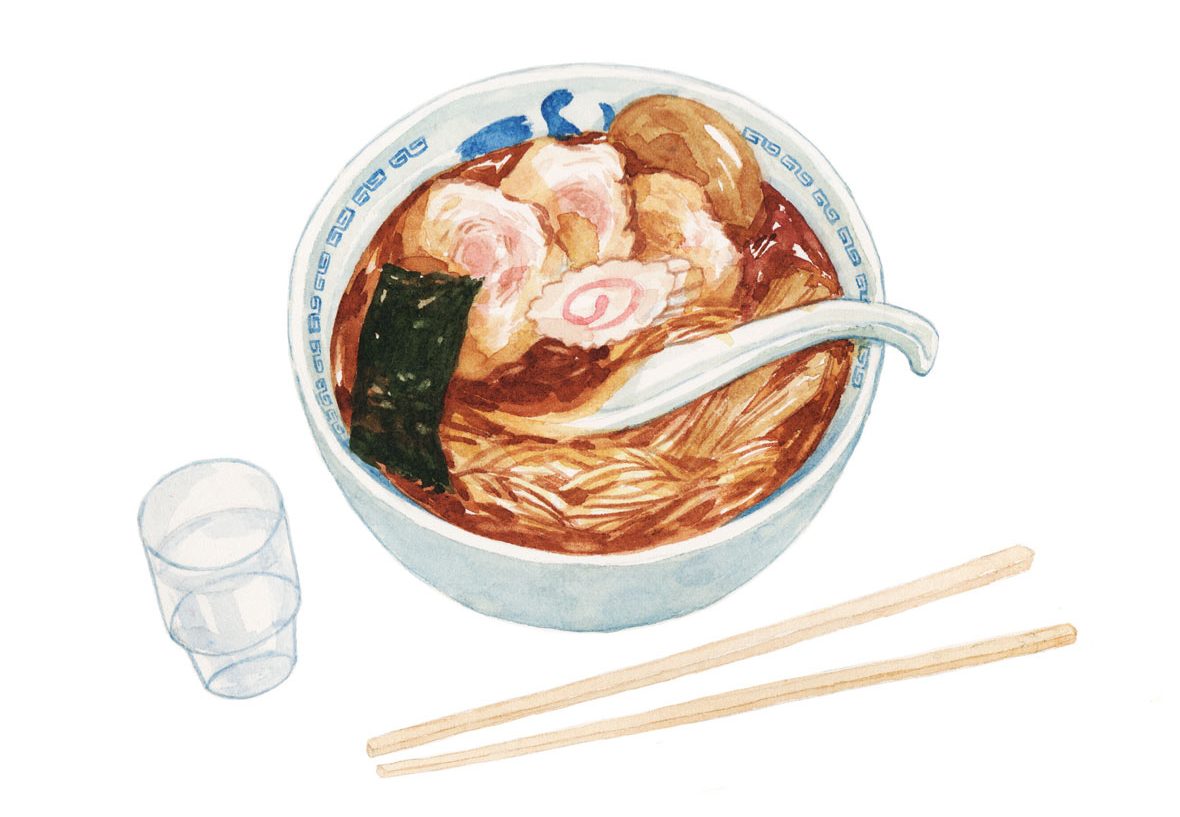
When she later moved to Tokyo, Wong found it more difficult than she expected. “It was a big challenge, especially in the first six months, because I felt homesick and lonely. Tokyo can feel overwhelming, even if you know a lot of people.”
To assuage these feelings, Wong began taking weekend trips to the coast. “I started off in Kamakura, which was my introduction to Japan’s coastline,” she explains. “It changed everything about my relationship with the country. I went so often that it became a second home for me.” From there, Wong ventured further down the coast to the Izu Peninsula, drawn by its majestic rock formations.
当她随后搬到东京时,Justine Wong 发现这比她原先预想的要困难得多。“这是个很大的挑战,尤其是在前六个月,我的思乡情结前所未有地严重,觉得很孤独。即便在东京认识很多朋友,这感觉也让人很难承受。”
为了缓和这些情绪,Justine Wong 开始在周末去海边旅行。“我从镰仓出发,这这是我对日本海岸线了解的第一步。”她解释道,“这改变了我和国家之间的一切关系。因为常常去,结果那里就成了我的第二个家。”从那开始,Justine Wong 沿着海岸继续向伊豆半岛进发,而那边,有雄伟的岩石群在等着她。
Wong’s art evolved as she experienced more of Japan’s striking beauty: she began exploring the connection between nature and her own emotional identity. Toward the end of her year in Tokyo, Wong presented No Hard Feelings, a solo exhibition showcasing paintings inspired by nature. “I wanted viewers to become aware of their feelings for a place, while also seeing that the place itself is bigger than what they feel about it,” she explains. “Most of the paintings are freehand, and I just painted as I felt.”
The freedom she felt in Japan allowed Wong to reflect on her identity as a Chinese Canadian. Through the paintings, I was able to explore my feelings freely and express them in a visual language,” she explains. “In one, called Too Much, Too Much, there’s a pile or rocks and shells and leaves, and a little woman trying to add the last piece to the painting. For me, it’s all these emotions that build up over your life that you don’t have the language to express. A lot of these feelings are so attached to my Chinese heritage that English doesn’t have words to define them, and giving it a visual form was very empowering.”
随着 Justine Wong 体验到日本更多异乎寻常的美丽面貌,她的艺术也因而进化。她开始探索自己的情感认同与当地自然之间的连结。在即将离开东京的那一年,她展出了《别放在心上》(《No Hard Feelings》),在此一个展之中,所有画作的灵感皆来自于大自然。 “我希望观众能够知道他们对一个地方的想法或感受,同时意识到这个地方,远比他们自身的感受还要宽阔、浩大,” 她解释道。 “大多数的画都是徒手画的,我按照自己的感觉去画画。”
在日本自由自在的生活,让 Justine Wong 开始反思她作为一个华裔加拿大人的身份认同。 “通过绘画,我能够自由地探索自己的感受,并用视觉语言表达出来,” 她解释道。 “在一个名为《太多,太多》(《Too Much, Too Much》)的作品里,有一堆岩石、贝壳和树叶,还有一个小女人试图将最后一块线索添加到画作中。对我来说,正是这些你无法用言语具体表达出来的情绪,点点积累成你的生活。然而,这些感受很多都与我的中国背景相关,我没办法用英语去定义它们,只能以视觉方法来诉说。正是这一点让我感到自己充满力量。”
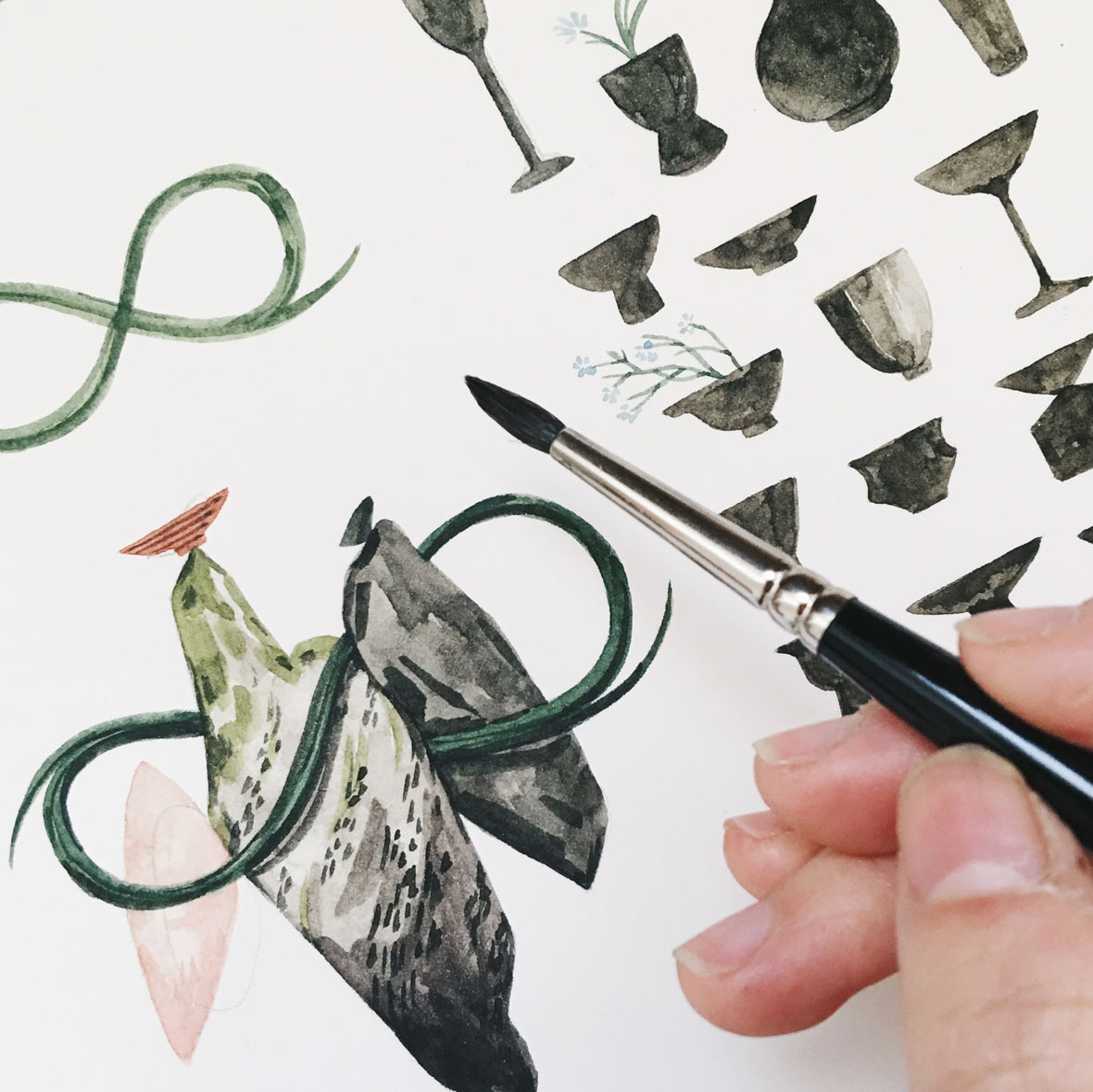
Wong moved back to Toronto in 2017, but her time in Japan has had a lasting impact on her work. She’s realized she can tackle questions about her past the same way she learned how to live in Tokyo. “If I couldn’t speak my parents’ language very well, I’d just have to study it the way I studied Japanese. If I didn’t know much about Chinese food, I’d just have to experience it as I experienced Japanese food for 21 Days in Japan.”
Wong also wants to build a lasting connection with Japan through collaborations with Japanese writers and artists and cross-cultural exchanges between the people of Toronto and Tokyo. “I hope to keep creating work that can provide a new visual language to bring people closer to themselves and others.”
Justine Wong 于2017年搬回多伦多,但她在日本的经历对她产生了持久的影响。以前她常常疑惑关于过去的那些问题,她现在意识到可以解决它们,就像解决如何在东京生活一样。 “如果我不能很好地说出父母的语言,我只需要按照我学习日语的方式来学习。 如果我对中国菜不太了解,我只需尝试一下,就像我在《21天在日本》里品尝了日本料理。”
Justine Wong 还希望通过与日本作家和艺术家的合作、以及多伦多和东京人民之间的跨文化交流,能让她与日本建立更持久的联系。 “我希望继续创作更多作品,提供新的视觉语言,让人们更贴近自己和他人。”

